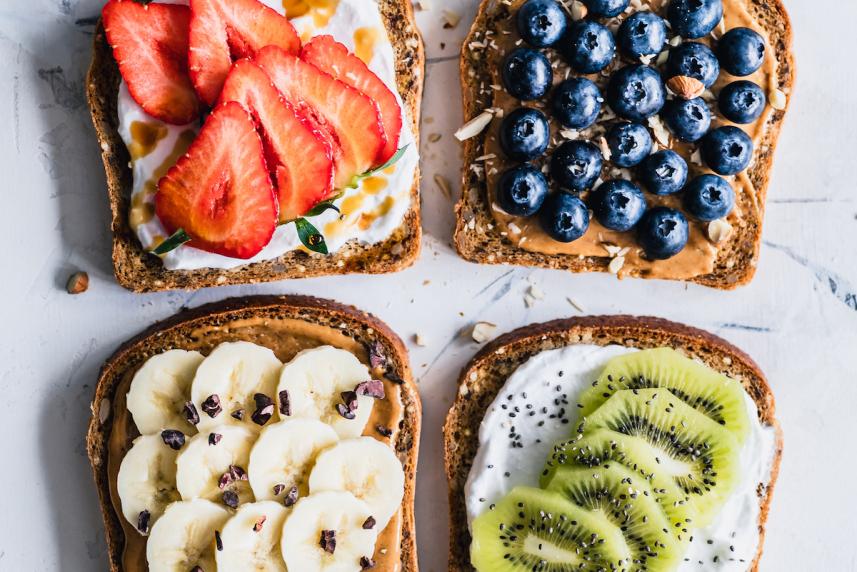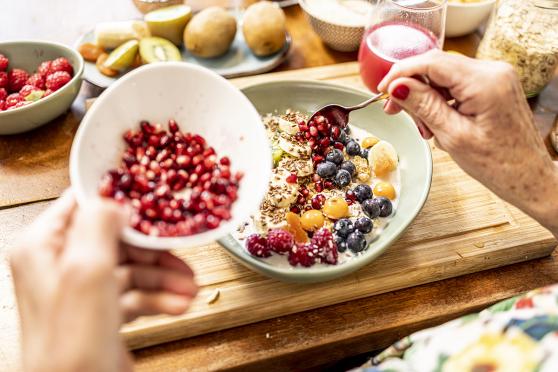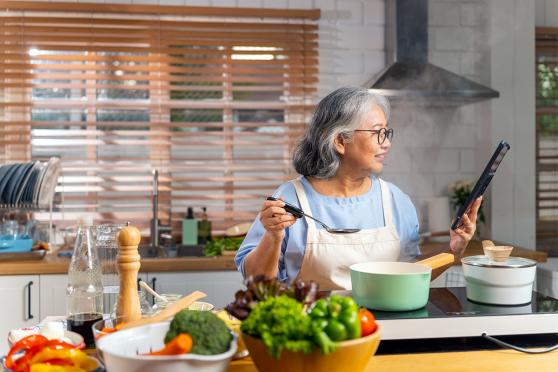Buying 101: Summer fruits and vegetables
Use this A-to-Z guide to buying popular summer produce to make sure you get the best flavor and the greatest value.

Apricots don’t travel well and tend to bruise easily, so look for them at a local farmers' market.
Berries should be shiny and plump (except for blueberries, which have a dull, matte finish). Avoid any packs with mushy or moldy berries, since the damage spreads fast and rots the whole bunch faster. Rinse berries just before eating or using them, never in advance, as otherwise they will become soggy and rot faster.
Cherry stems can tell you how fresh the fruit is. An intact green stem is a good sign. If there isn’t a stem, look at the fruit. It should be shiny and feel firm and plump, not wrinkly or bruised.
Corn husks should be green, tight, and moist. The brown ends that poke out should feel silky. Also, check the husks for little holes, and put the corn back if you find any—these are wormholes. The husk should feel solid and firm.
Eggplants should have smooth, shiny skin with uniform color. The vegetable should feel heavy for its size. For a sweeter, less bitter eggplant, choose smaller ones with thin skin. A ripe eggplant will not have much give when pressed with your finger—it should be firm but not hard.
Figs with a soft feel and smooth, unbroken skin deserve a place in your grocery basket. Avoid figs that are mushy, wet, or broken.
Melons should always feel heavy for their size; most should have a bit of a sweet smell, too.
Nectarines are, essentially, fuzzless peaches. They should have a bold color, feel heavy for their size, and give just a bit when held firmly.
Okra should be firm and plump. Look for smooth, tender, blemish-free, bright green pods. Avoid pods with brown spots or dry ends.
Peaches should feel heavy for their size and give a little when pressed. Avoid ones that have green near the stem.
Watermelons should feel heavy for their size. Unlike other melons, watermelons don’t tend to emit a smell, even when they’re ripe and ready to eat.


